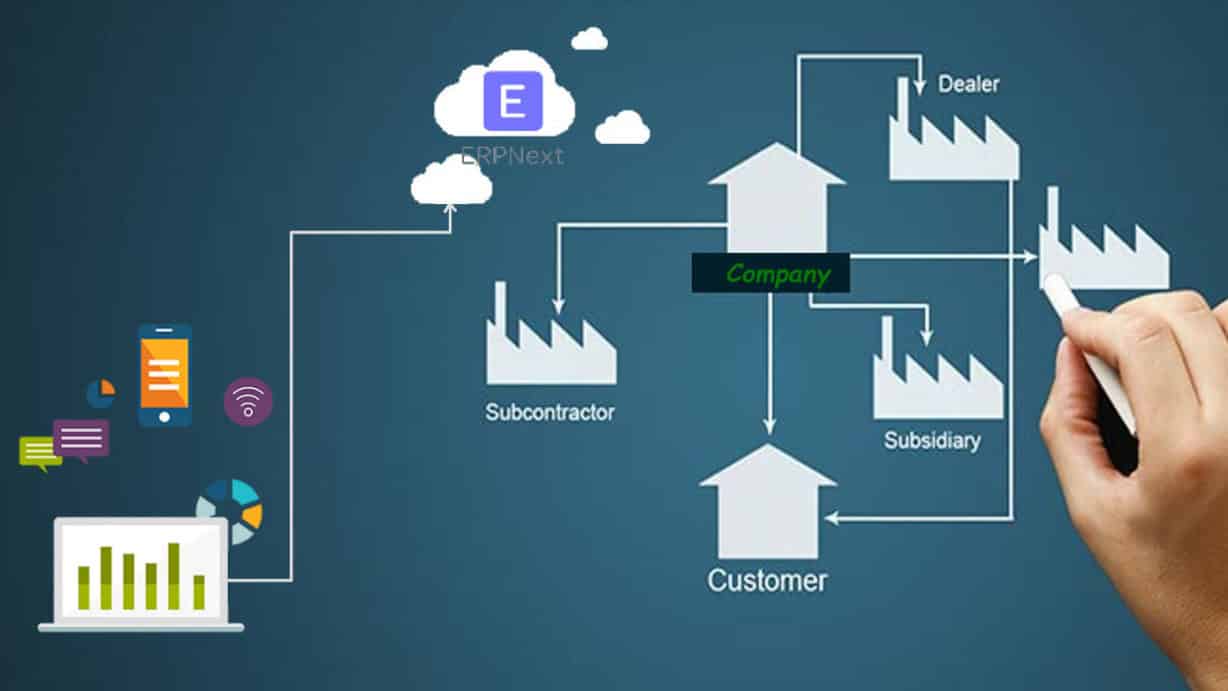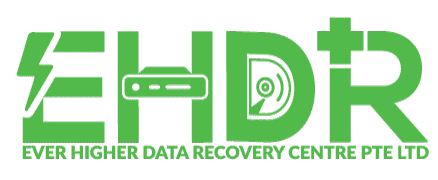ERPNEXT
simple, secure, integrated business systems for companies of all shapes and sizes on the cloud
Every new business starts out managing from the hip. In this modern technology, difference scale of business should leverage of technology to enable the business.
ERPNEXT software integrates all facets of an operation, including account, inventory, manufacturing, sales and marketing.
ERPNext helps you take full control of your business. It is as powerful as it is easy to use.
ADVISORY & CONSULTING
We provide a wealth of knowledge and experience to ensure your business goals are successfully implemented

ASSESS
Journey begin with understand your business goal and your people

ANALYSIS
Analysis is critical to determine the best solution for your business

BUILD
Have a coffee while we build your business complete systems

EMBED
Embed simple yet easy to use business system into your organisation
In today's technology world and modern business, accounting software not longer able to full fill the need of businesses. ERP software is basically a business management system with various integrated comprehensive systems which consists core of accounting of the company that can be used to manage and integrate all business functions within the organisation.
On the other hand, standalone business applications such as accounting software refers to applications designed for specific customer needs but have limited functionality and are isolated from other applications.
There are more options than ever for businesses of all sizes when it comes to choosing a new ERP system. Thankfully, cloud-based deployment ERP models have made ERP software more accessible for small and medium size business.
But when come to select a new ERP software, one of the most critical factors in business decision will be whether choose cloud ERP vs on-premise ERP.
Here’s a breakdown of the advantages and disadvantages of cloud ERP vs on-premise ERP.

| Type | Cloud ERP | On-Premise ERP |
|---|---|---|
| Cost | • Predictable costs over time | • Upfront investment can be seen as riskier |
| • No additional hardware investments | • Have to pay associated hardware and IT costs | |
| • Cheaper upfront investment | ||
| Security | • Data security is in the hands of the vendor | • Data security is in the hands of the organization. *Some organization might not be as adept at practicing proper data security protocols. |
| Customization | • Offer greater stability and continuous updates from vendor as a result of less customization | • Customizations can delay implementation time |
| • Organizations can work with vendors to see what changes can be made | • Customizations can result in headaches when vendor updates software | |
| Mobility | • Available on most devices anytime anywhere (with an internet connection) | • depend setup and require heavy IT involvement |
| Implementation | • Typically take less time to implement | • Implementation process can take significantly longer |
| Grow & Expansion | • Easy to scale as users are added/removed | • More difficult to scale if significant number of users are added |

